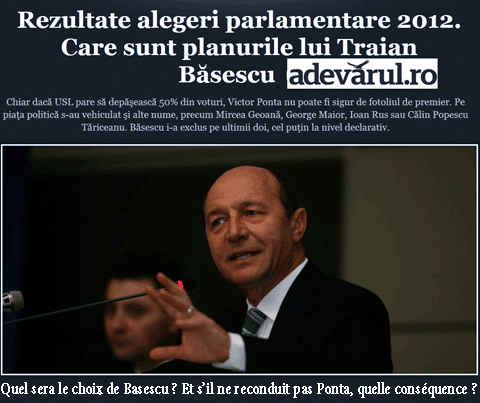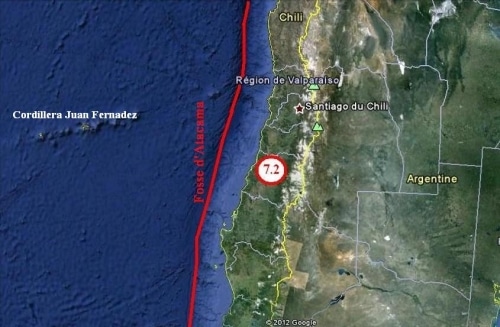Embedding video in a webpage becomes very popular, this is step by step tutorial how to do it and the codes required to do it
Embedding a video in a webpage is not a complicated issue. If your video is hosted within one of the large video sites then they provide you the codes to place in your webpage, host your file and in return, you provide them content and traffic, fair enough. However you may want to have your video on your own site and not to share it with another website. in order to do this you need some codes (don't worry you'll find them here). There are basically several options.
1. Windows media format (WMV)
2. Flash Video (FLV)
Windows media is a great format the best compression ratio, and support any browser (at least the code we will provide here). FLV is a good solution however will require you to convert your file before. FLV requires not only a code but also a player within your website.
The best size for internet video is 320×240 more then this your viewers may encounter problems of delays when loading it. The compression suppose to suite somewhere between 200-340 kbps again more then this and some users in some places around the world will fail to see it properly streaming.
click here to get the code: http://www.not2pay.com/wmvcode.txt
This code should be placed between the body tags to the
Notes about this code:
1. This code has a duplication in the input file. this is to support both browsers (MSIE and Mozilla Firefox).
2. The file format mentioned here is WMV however you can call an AVI/ASF/MPG files as well.
3. The player size is up to you to decide remember that the control panel require about 35-40 pixels addition therefore if you have a video in the size of 320×240 it will be smart to increase the height to 275-280.
4. Another format you can place in is ASX (play list file) or Media Redirector. (More about ASX in another article).
5. The file does not have to be located where the html code is.
6. Of course without a reachable video file it will not play anything so make sure the video is indeed in the place you mentioned in the code
Codes specific commands:
Note that you can eliminated the control panel completely, it will allow you to create a nice looking graphics around it but then the cotrol has to be done by right clicking the video window itself and users will never figure it out. You can make the video autostart and define if you want the audio active or not. Remember ! This code is actually double therefore you will have to do it twice and False=0 and True=1.
How it will look like ? That depends on the version of the Windows Media Player the specific user have installed on his/her computer.
FLV require a little more sophisticated solution.
click here to get the code: http://www.not2pay.com/flashcode.txt
Again there is a double entry and again you have to consider the video size but in this case the controls are much narrower therfore you can make it 320×250.
you will also need the following files
http://www.not2pay.com/flvplayer.swf
and
http://www.not2pay.com/swfobject.js
right click on the links and save them both files have to be located in the same directory and on the player you have to define where is the player located.
Player size issue:
Youtube and many others increase the size of the player to 400×300 despite the fact that the video is 320×240 the result is low quality, due to pixelization. You can do it also, on both players.
Converting file to FLV
FLV files are not standard, therefore it cannot be saved while recording or after recording using the capture application you use. Mose video editor does not recognise it either. Therefore you will need a converter to do the job. A software that read the video file you gave as an input and output video files in FLV format. A good software is free and produced by Riva.
This software will work perfecly on almost any file format however it may produce errors on inputing WMV files, ignore the errors and continue, it works believe me i tried.



